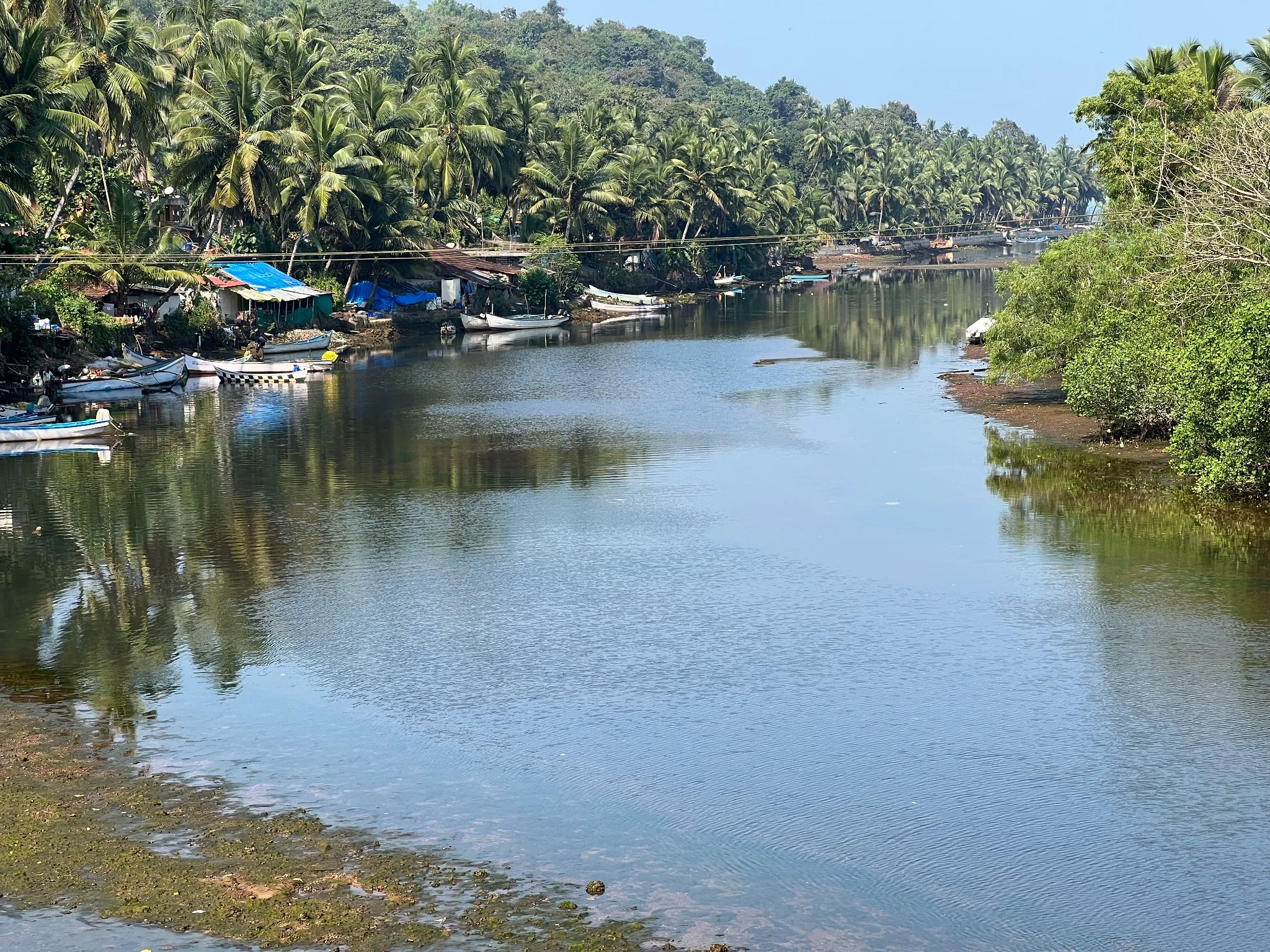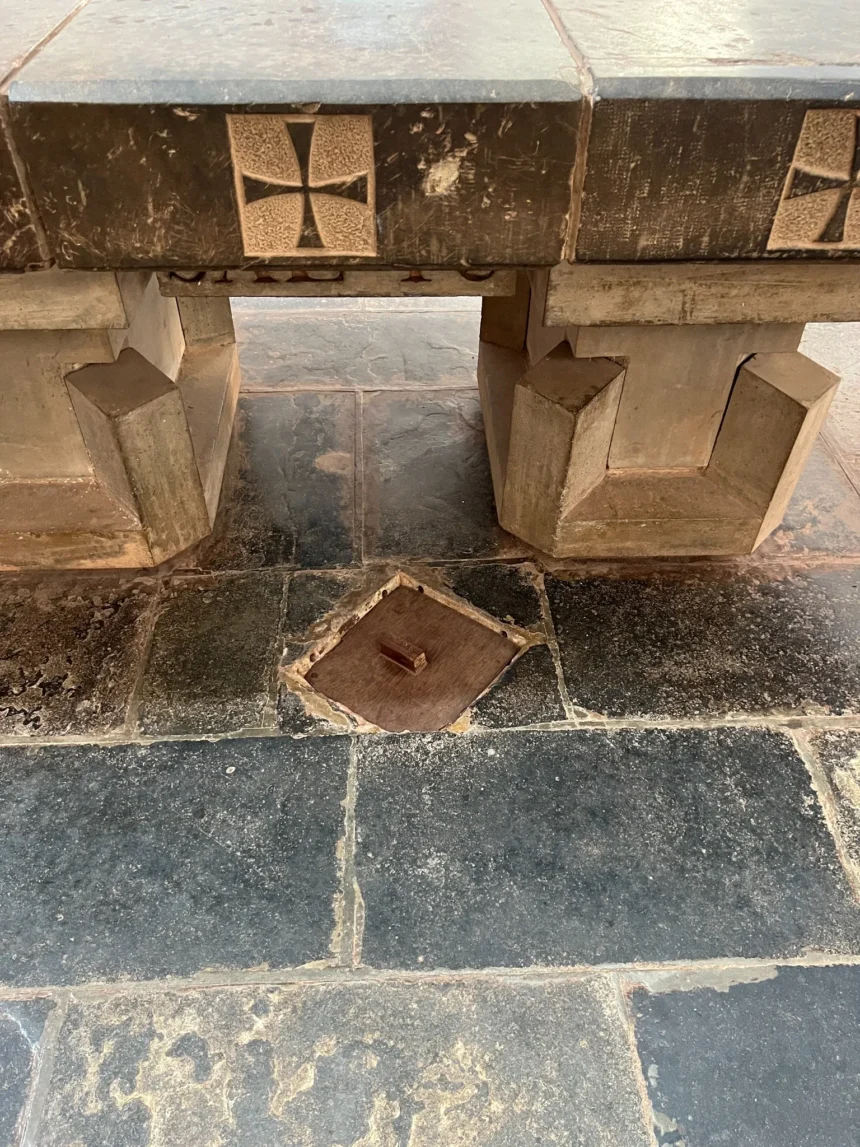Goa Vasco: Vasco da Gama and Impact of His Travels
Vasco da Gama Reaches Goa
This blog post, published on May 24, 2024, marks the week in history when Vasco da Gama arrived in Calicut on May 20, 1498, becoming the first European to reach India by sea. This historic event opened new avenues for trade and cultural exchange but also brought significant upheaval and suffering to the local populations. The Portuguese arrival had profound impacts on the spiritual and religious practices of the region, disrupting Hindu temple worship, rituals, and festivals. The imposition of European customs and religion led to long-term cultural erosion and resistance from the local communities, altering the experiential aspects of Hinduism and affecting daily life for the indigenous population.
The Journey of Vasco da Gama
Vasco da Gama, a Portuguese explorer, embarked on his pioneering voyage in 1497 under the patronage of King Manuel I of Portugal. Driven by the desire to find a direct sea route to the wealth of India, bypassing the overland routes dominated by Middle Eastern and Venetian traders, da Gama set sail with a fleet of four ships. His perilous journey around the southern tip of Africa, through the treacherous waters of the Indian Ocean, and along the East African coast, eventually led him to the shores of Calicut (now Kozhikode) and then to Goa Vasco.
Objectives and Motivations
The primary motivation behind Vasco da Gama’s voyage was economic. The Portuguese crown aimed to establish a direct trade link with India to acquire spices, silks, and other valuable commodities, thereby breaking the Arab and Venetian monopolies. Additionally, there were religious and geopolitical motives, including the spread of Christianity and the expansion of Portuguese influence in Goa Vasco.
The Encounter with India

[Image Credit: https://flickr.com]
Upon his arrival in Calicut in May 1498, Vasco da Gama was initially received with curiosity and hospitality by the local ruler, Zamorin. The Portuguese presented their goods, which were considered unimpressive by the Indian merchants accustomed to high-quality commodities from established trade networks. Despite these early cultural and commercial mismatches, Vasco da Gama managed to secure a tenuous trading agreement and soon established a significant presence in Goa Vasco.
Establishing Trade Links in Goa Vasco
The Portuguese established several trading posts along the Indian coast, with Goa Vasco becoming the epicenter of Portuguese colonial rule in India. These trading posts were strategically positioned to control the lucrative spice trade and served as bases for further expeditions. Goa Vasco da Gama city quickly became a crucial hub for Portuguese trade and administration.
Consequences for the Indigenous Populations in Goa Vasco
While the arrival of Vasco da Gama opened new avenues for trade and cultural exchange, it also brought significant upheaval and suffering to the local populations of Goa Vasco.
Economic Exploitation in Goa Vasco
The Portuguese sought to dominate the spice trade, often using force to achieve their aims. This aggressive pursuit of commercial dominance led to the disruption of traditional trade networks and local economies in Goa Vasco. The imposition of Portuguese control over maritime trade routes resulted in the marginalization of local merchants and the decline of established trading hubs in Vasco city Goa.
The spice trade, once controlled by local merchants who thrived on the profits, was usurped by the Portuguese, who imposed heavy taxes and trade restrictions. This not only impoverished the local economy but also led to the decline of established trading cities like Calicut and Cochin. The Portuguese, using their naval superiority, enforced a monopoly that strangled local commerce and redirected profits to European coffers, leaving the indigenous economy in disarray.
Cultural and Religious Impact in Vasco da Gama Goa
The Portuguese were zealous in their missionary activities, aiming to convert the local population to Christianity. This religious fervor often manifested in the form of coercion and conflict, leading to cultural disintegration and resistance from the local communities. The introduction of European customs and religion disrupted the traditional cultural and religious practices in Goa Vasco, causing long-term cultural erosion.
The methods used by the Portuguese to convert Hindus to Christianity were often crude and brutal. They employed tactics such as destroying temples, banning Hindu festivals, and forcing people to attend Christian services. There are accounts of forced baptisms and severe punishments for those who resisted conversion. Specific Hindu festivals such as Diwali, Holi, and Ganesh Chaturthi were banned or severely restricted, and traditional rituals like puja (worship) and aarti (devotional song) were often suppressed. Indigenous people were often forced to convert to Christianity under threat of violence or through deceptive practices. This cultural invasion led to the erosion of local traditions, languages, and practices, creating a cultural rift that still resonates in some regions today.
Missionaries, backed by the colonial administration, destroyed temples and built churches in their place. The enforcement of Christian laws and customs disrupted the social and religious fabric of the local communities, causing long-lasting damage to the cultural identity of the region. The imposition of European religious practices often meant that many aspects of Hindu spirituality, including daily rituals, temple worship, and community festivals, were significantly altered or lost over time.
Military Conflict and Colonization in Vasco City
The Portuguese did not hesitate to use military force to establish and maintain their dominance. This led to numerous conflicts with local rulers and other European powers vying for control in the region. The establishment of Portuguese colonies, particularly in Goa Vasco, marked the beginning of European colonization in India, which had profound and lasting impacts on the indigenous population.
In Vasco city Goa, the Portuguese enforced their rule with brutality, suppressing revolts and imposing strict colonial governance. The military presence ensured that any resistance was swiftly and violently quashed. This colonization effort disrupted traditional power structures and led to the imposition of foreign rule that undermined local governance and autonomy.
Social and Environmental Consequences in Vasco da Gama Goa
The arrival of Europeans also brought new diseases to which the local population had no immunity. The resultant epidemics caused significant loss of life and contributed to social destabilization. Additionally, the environmental impact of Portuguese exploitation, including deforestation and overexploitation of resources, had detrimental effects on the local ecology in Goa Vasco.
Diseases like smallpox, measles, and influenza decimated local populations, who had no natural immunity to these new illnesses. This biological warfare, though unintentional, was devastating. The loss of life was so severe that entire communities were wiped out, leading to a collapse of social structures and a significant reduction in the population. The environmental degradation caused by deforestation for shipbuilding and overexploitation of natural resources further compounded the suffering, as it led to the loss of traditional livelihoods and food sources.
Long-Term Impacts on Goa Vasco
The legacy of Vasco da Gama’s arrival is a complex tapestry of both positive and negative impacts. While new trade routes and cultural exchanges enriched global interactions, the darker side of colonization, exploitation, and cultural suppression cast a long shadow over the indigenous populations of Goa Vasco. The forced retreats into forests and jungles by some communities, to escape the brutality of colonization, and the discovery of mass graves in various regions highlight the enduring trauma inflicted by these historical events.
Reflecting on Visit Of Vasco da Gama
Vasco da Gama’s historic voyage to India and the subsequent Portuguese colonization had far-reaching consequences on the spiritual and religious practices of the local populations. The aggressive efforts to convert Hindus to Christianity, often through crude and brutal methods, disrupted the traditional practices of temple worship, rituals, and festivals. This cultural invasion led to a significant erosion of local traditions and created a lasting impact on the spiritual life of the region. By understanding and acknowledging both the achievements and the atrocities of this era, we can gain a more comprehensive view of global history and its enduring legacies, particularly in how they affected the spiritual and cultural fabric of the indigenous populations.
By understanding and acknowledging both the achievements and the atrocities of this era, we can gain a more comprehensive and nuanced view of global history and its enduring legacies. This reflection is essential not only for historical accuracy but also for fostering a deeper appreciation of the resilience and cultural richness of the indigenous populations who endured and adapted through these tumultuous times.
Feature Image: Click here to view the image. [Image Credit: https://flickr.com]
#VascoDaGama #GoaHistory #ColonialIndia #CulturalImpact #PortugueseInIndia



Leave a Reply